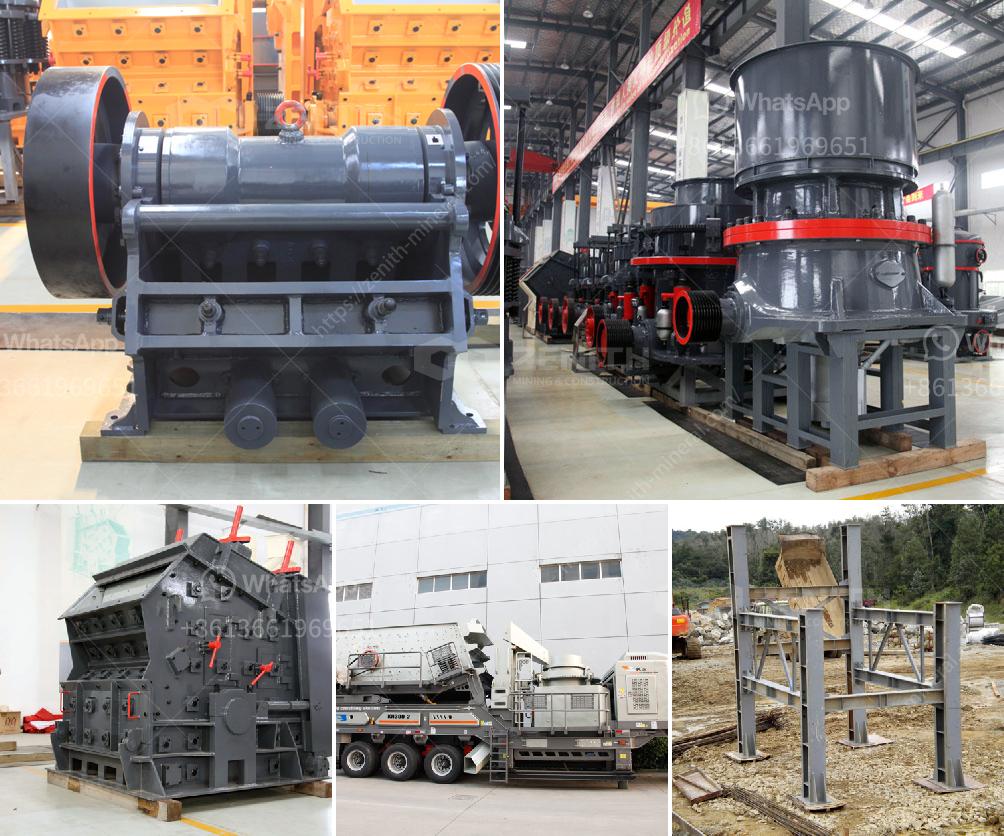A granite crushing machine works through a series of processes designed to break down large chunks of granite into smaller, more manageable pieces for use in construction and other applications. Here’s an overview of how it typically works:
Feeding: Large granite rocks are fed into the machine using a vibrating feeder. This ensures a consistent flow of material into the crusher and helps separate fine particles from larger chunks.
Primary Crushing: The granite first passes through a primary crusher. Common types of primary crushers include jaw crushers and gyratory crushers. These machines use compressive force to break down the granite into smaller pieces.
Secondary Crushing: Depending on the desired final product size, the granite may then pass through secondary crushers such as cone crushers, impact crushers, or hammer crushers. These crushers further reduce the size of the granite using different mechanisms:
Screening: After the crushing stages, the material is sent to a vibrating screen, which sorts and separates the crushed granite into various sizes by moving it along a vibrating surface with different sized mesh screens.
Conveying: The sorted materials are then conveyed to different stockpiles or directly to the next stages of processing, such as further crushing or use in concrete production.
Recycling: Oversized materials that do not meet the required size specifications are often sent back through the crushing process for further reduction.
Each part of the crushing system is crucial for producing granite aggregates of the desired quality and size, ensuring that the final product meets the specific requirements for its intended use.

